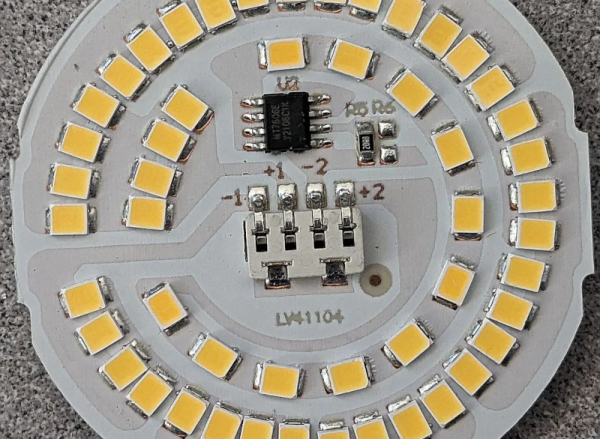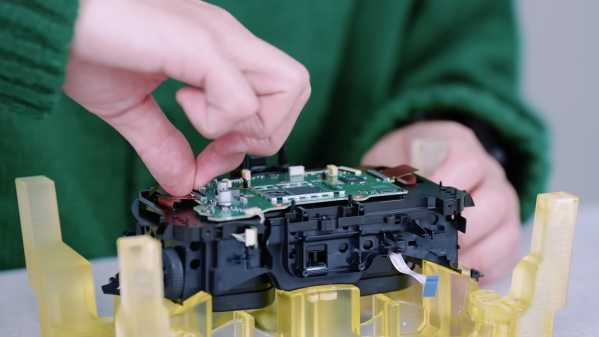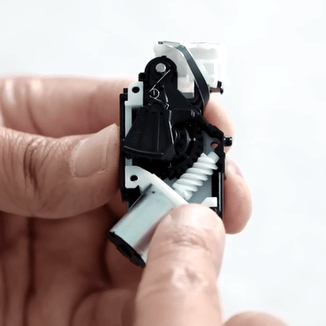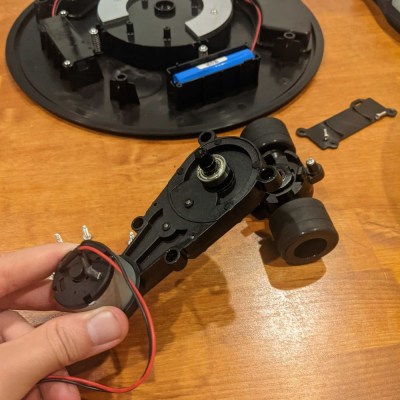You’ve probably seen three-way bulbs. You know, the ones that can go dim or bright with each turn of a switch. [Brian Dipert] wondered how the LED version of these works, and now that he tore one apart, you can find out, too. The old light bulbs were easy to figure out. They had two filaments, one brighter than the other. Switching on the first filament provided some light, and the second gave off more light. The final position lit both filaments at once for an even brighter light.
LED or filament, three-way bulbs have a special base. While a normal Edison-base bulb has the threaded part as the neutral and a center contact for the live wire, a three-way bulb has an extra hot contact ring between the threaded part and the center contact. Obviously, a compatible LED bulb will need this same interface, but will work differently inside.
Inside the LED, [Brian] found two rings of LEDs that took the place of the filaments. He was able to identify all the ICs and devices on the board except one, an MT7712S. If you can read Mandarin, we think this is the datasheet for it.
We weren’t sure what [Brian] would find inside. After all, you could just sense which contacts had voltage and dim the LEDs using PWM. It probably wouldn’t take any less circuitry. LED lighting is everywhere these days, and maybe they don’t all work the same, but you have to admit, using two strings of LEDs is reasonably faithful to the old-fashioned bulbs.
Sometimes LED bulbs are different depending on where you buy them. We were promised LED bulbs would never burn out. Of course, they do, but you can usually scrounge some LEDs from them.






















